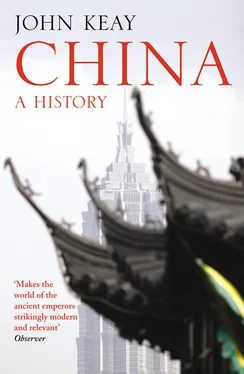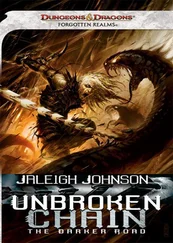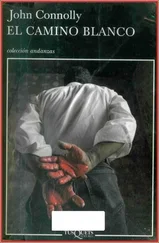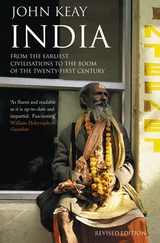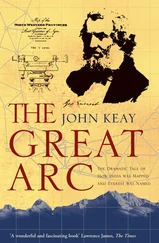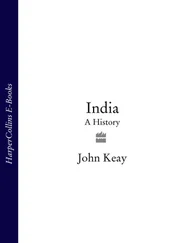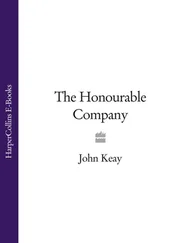None of this is particularly surprising or regrettable. All history is subject to revision, and the Chinese having taken a greater interest in their history – and for longer – than any other civilisation, theirs is a history that has been more often rewritten than any other. During the last century alone the history books had to be reconfigured at least four times – to create a Nationalist mythology, to accommodate the Marxist dialectic of class struggle, to conform to Maoist insistence on the dynamics of proletarian revolution, and to justify market socialism’s conviction that wealth creation is compatible with authoritarian rule.
A much-publicised claim that modern China has inherited ‘the longest continuous civilisation in the world’ (its length being anything from 3,000 to 6,000 years, depending on the credibility of the publication) should perhaps be subjected to the same forensic scrutiny as phrases like ‘the Great Wall’ and ‘the Giant Panda’. Though now widely deployed by the Chinese themselves, the claim sounds suspiciously like another glib foreign generalisation. Three to six thousand years of continuous civilisation could simply indicate three to six thousand years of what others have found a continuously perplexing civilisation. Certainly the nature of that civilisation needs careful definition; so do the motives of those who have championed it; and the insistence on continuity seems particularly suspect in the light of the last century’s revolutionary ructions. As with the segmented Great Wall and the surviving snippets of Grand Canal, the discontinuities in China’s record may deserve as much attention as the proud concept into which they have been conflated.
One continuity is obvious: Chinese scholars have been obsessed by their country’s past almost since it had one. Like other societies, the ancient Chinese subscribed to the idea that their land had once hosted a primordial perfection, a prehistoric Eden, characterised in this instance by a virtuous hierarchy in which cosmic, natural and human forces operated in harmonious accord. To guide mankind to a new realisation of this idealised past, it was history, not revelation, which provided directions; and it did so by affording solutions to present dilemmas and insights into the future that were derived from written texts. Ancient compilations, such as the ‘Book of Documents’, thus acquired canonical status and were treated to the respect, as well as the exegetical analysis, reserved in other lands for the scriptures of divine revelation. Familiarity with the standard texts was not just a mark of scholarship but a basic indicator of Chinese identity and a measure of cultural proficiency.
It was also an essential requisite for government service. Precedent and practice, culled from the textual records, came to serve as the currency of political debate. Correctly interpreted, historical precedent could legitimise a ruler, sanction an initiative or forewarn of a disaster. It might also be manipulated so as to legitimise a usurper, sanction repression or forestall reform. Among the educated elite it sometimes served as a coded critique whereby, through reference to the past, unfavourable comment might be passed on current policies without necessarily incurring the wrath of those responsible for them. Conversely it could be officially used to confuse an issue or offload responsibility.
In 1974, by way of discrediting Lin Biao (or Lin Piao, the military man previously named as Mao’s successor), the leadership of the Chinese Communist Party mounted a campaign against Confucius (Kong Qiu), the cultural colossus most closely associated with the whole textual tradition. What the fifth-century BC sage had in common with the twentieth-century revolutionary was, of course, ‘reactionary’ leanings. But since, in the case of Lin Biao, these were not immediately obvious to cadres acccustomed to idolising Lin as the most ‘progressive’ of communist leaders, it was necessary that he be paraded for censure alongside a teacher whose doctrines, in the aftermath of the Cultural Revolution, could not be mistaken for other than the rankest form of reaction. The principle, borrowed from ballistics and familiar to all China-watchers, was simply that of aiming at a far target to hit a near one. Becoming an official campaign, this ‘Anti-Lin Biao–anti-Confucius’ linkage duly induced a rush of hot air from Marxist study groups which deflected attention from the otherwise mysterious demise and disgrace of the unfortunate Marshal Lin. 5
In a century as rife with revolutions (Nationalist, communist, cultural, market-socialist) as the last, the revisionists have sometimes been pushed to keep up with the pace of events; but their predicament is nothing new. The onus of constantly reviewing the historical record, of refining, reinterpreting and extending it, has weighed heavily on every Chinese rulership since time immemorial. At periods of dynastic change it could be particularly acute, but even in the golden age of Tang (AD 618–907) the management of history ranked in terms of political sensitivity on a par with the management of the economy today. Historiography was not some scholarly pastime but a vital function of government. Within the imperial bureaucracy the Director of the Historiographical Office enjoyed all the perquisites of great seniority and commanded a large and highly qualified staff that generated copious paperwork (and before that, woodwork, slivers of bamboo being the earliest form of stationery).
An analysis of official history-writing under the Tang has revealed the painstaking compilation methods employed by the Historiography Office to extend the historical record using near-contemporary sources. 6A first stage saw material drawn from the formal Court Diaries and the Record of Administrative Affairs being supplemented by submissions from various government departments to produce the summation of official transactions known as the Daily Calendar. These Daily Calendars were then distilled into the year-on-year Veritable Records, which in turn were used to produce the reign-on-reign National Histories, which in turn formed the basis of each dynasty’s Standard History.
Naturally this cumulative approach involved much repetition; and while, perhaps mercifully, only a fraction of all this material survives, that which is lost can to some extent be reconstructed from its quotation elsewhere. Given the compilation of parallel records by the empire’s numerous provincial governments, given the existence in various forms of other, non-official, texts, and given a tendency to gloss and extrapolate from all these materials for the purpose of compiling encyclopedias, anthologies, biographical dictionaries and other massive compendia, it cannot be said that China’s history is short on documentation.
No apology is offered, then, for adding another divot to this tumulus of erudition. The intention here is simply to make China’s history more accessible, while the hope is to make it more relevant.
Those transmitted texts, official or otherwise, deal almost entirely with the activities of China’s ruling elite and are available to us only in a form ready edited and packaged by that elite. More exciting fare, fresh picked from the Chinese landscape and untainted by scholarly processing, was once thought to be at a premium. When in the early twentieth century archaeological explorers from Europe stumbled upon ancient Buddhist sites sand-buried along the Silk Road in Gansu and Xinjiang provinces, an unseemly gold rush ensued to secure for the museums of Britain, France, Germany and Russia a share of what was supposedly China’s last great artistic and documentary treasure trove. In fact, the Silk Road bonanza proved to be just the beginning of an archaeological explosion. Laid bare later in the twentieth century were the Anyang oracle bones, the Tarim Mummies, a whole gamut of neolithic sites, and most famously ‘the terracotta army’ and numerous royal tombs of the Han period (202 BC–AD 220). China’s history, long enough already, has been getting longer by the year. Existing accounts need constant updating; and new discoveries have now become so embarrassingly abundant that the resultant time lag between the dig and the publication of its report leaves works-in-progress, like this one, in danger of being outdated before they are written.
Читать дальше
